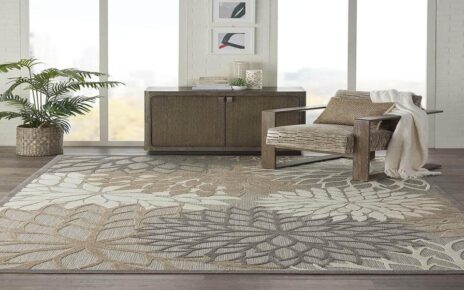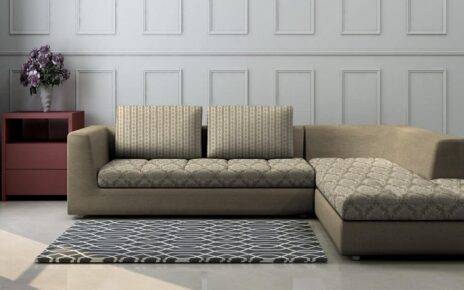In the past five hundred years, upholstery has transformed uncomfortable hardwood furniture into peaceful realms for the common man. Where once chairs were stiff and dignified, modern furniture showrooms are filled with electric recliners, chaise lounges, and pricey leather-upholstered armchairs.
Take a quick tour through the history of upholstery with us here to observe how the business has changed over the past 500 years. Before the Renaissance, furniture design was primarily utilitarian. As cushions and armrests had not yet been produced, only rock-hard seats and formal benches provided relief in the home. Similarly, if a homeowner desired to recline, the bedroom was the only option (sofas would not be invented for another century).
The Middle Ages, thankfully, put an end to such misery. Carpenters began designing furniture for affluent clients after recognizing a niche in the market. Seats were soon padded with straw and horsehair, and chair legs and backs were adorned with exquisite woodwork. Then, towards the end of the Tudor period, stitched edging was introduced. Stitched edging, which allowed carpenters to add padding to various frame designs, was a novel invention at the time, despite its current simplicity (and not just to those which were flat).
Stitched edging opened the floodgates for the upholstery business, and soon chairs and benches featured intricate wood carvings, luxurious seat backs, and fashionable fabrics.
During this time, the farthingale, the earliest upholstered chair, was constructed. This armless, boxy beauty (originally termed the ‘upholsterer’s chair’) was favored for its thick fringe skirting and splendid silk cushions; naturally, it was an instant hit with aristocratic women, whose extraordinarily wide-hooped skirts appreciated the chair’s huge square base.
Later, in 1705, the “sleeping chair,” the first fully upholstered bench, was built. This unique combination of chair and chaise longue had exquisite embroidery and delicious comfort; there was even a headboard at each end to facilitate midday naps.
Despite its development, decent upholstery remained an extremely expensive commodity, and the poorer classes continued to make do with uncomfortable armchairs and Tudor-style benches. To deliver comfort to the public, upholsterers recognized the necessity to reduce costs. The Industrial Revolution, including advancements in steam and steel, would give the solutions. Powered by steam, the looms of weavers could produce huge quantities of goods at a lower cost than ever before. Simultaneously, the introduction of the steel coil spring (originally designed for railroads) made seat cushions softer and more durable, while new chemical dyes infused furniture textiles with vibrant hues and elaborate patterns.
Whereas past centuries were devoted to mastering embroidery design, the 20th century was primarily concerned with the invention of new materials. At the time, synthetic fabrics such as nylon and polyester were among the most popular upholstery materials. This was mostly due to its inexpensive manufacture and resemblance to costly alternatives such as silk and cotton. As a result of the mass manufacture of materials such as fiberglass and bent steel, individuals who construct furniture frames could finally be more inventive with their designs.
Now, in the twenty-first century, it is difficult to imagine a time when seat cushions and armrests did not exist. We are spoiled for choice, with everything from opulent three-seater sofas to regal loveseats and marshmallow-soft armchairs at our disposal.





